While researching the facts listed in our previous article, we found several pieces of information repeated across the internet that do not necessarily fit on a traditional fact sheet. We added those claims here as we dive deeper into the truth about human trafficking.
As we addressed in our last blog post, we strive for integrity and truth and want to answer questions with the best data available and transparency about sourcing. You will find a confidence score for each claim listed below. To find out more about how these scores were assigned, please visit here.
Claim #1: “Human trafficking is a $150 billion dollar industry.”
This number initially came from data collected by the International Labour Organization (ILO) in 2012. ILO is a reputable source of information; however, this particular data is ten years old now and precedes the Global Slavery Index (GSI) study from 2018 (conducted in collaboration with the ILO).
While the 2018 GSI report gives us the best estimate to date on human trafficking numbers, it still faces many limitations given the underreported nature of trafficking.
So it makes an effective argument that if we are currently unable to accurately determine how many people are enslaved in trafficking, then understanding how much profit is coming from it would be even harder. That—along with the fact that the data regarding profit is older than the data counting the number of people—makes this piece of information a bit more fallible to modern discussions around trafficking.
Confidence score: 3
Claim #2: “Human trafficking is most prevalent in ."
While it is true that human trafficking must be more prevalent in some locations compared to others, there isn’t enough data to determine exactly what regions those are. This ties back into the same issue: limitations in current data. Without being able to chart the full range of human trafficking, we can’t say with full confidence where it is happening the most.
.jpg?width=1200&name=Panitanki%20Market%20Street%20(1).jpg)
On a very broad level, data from the GSI indicates that the highest concentration of modern slavery is in Africa, followed by Asia and the Pacific. This does make some sense since traffickers prey on vulnerabilities and these continents contain some of the poorest and most war-torn nations.
The UNODC reports the highest numbers of detected trafficking victims in North America and Western Europe, but this seems likely to be representative of more awareness and more intensive reporting systems.
Confidence score: 4
Claim #3: “There are more people in slavery today than at any other time in history.”
This one probably is true, but misleading. It implies that working to stop slavery is fruitless—that it’s still getting worse despite the hard work various governments and organizations have put in over the last 10+ years. It’s important to understand that there are other factors that impact these numbers.
For one, the population has grown significantly. In 1800, the population was 1 billion; today it is 8 billion. Just as data is missing for people in slavery today, there is even less for previous time periods; although it would be interesting to compare the percentage increase with the increase in population if we could.
For another, rising numbers are also a reflection of increased reporting. There are new laws in place, more awareness on the subject, and more surveillance projects. This naturally results in higher numbers.
Confidence score: 9
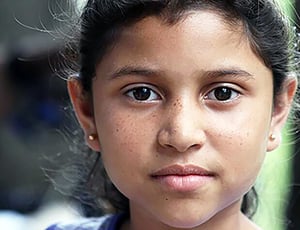
Good data is key to finding strategies that really work.
The purpose in outlining these claims is not to criticize anyone for misinformation, but to be aware of how trafficking has been distorted or sensationalized over time. Understanding the holes in data helps us see where improvement is yet needed.
Considering these claims, the need for more data on total numbers is obvious. Almost every data gap ties back to this problem. Continued surveying and updated methods will help answer these questions and direct our work to more specific targets. Good data is key to finding strategies that really work.
Until then, we are incredibly grateful for the research we do have and the organizations that have worked so hard to supply it. Much progress has already been made because of it!
*All data and statistics current at the date and time of publishing. Names changed and some specific locations excluded for privacy and security purposes.
-1.png?width=500&height=500&name=LJI_MAINLOGO_WhiteBackground%20(1)-1.png)



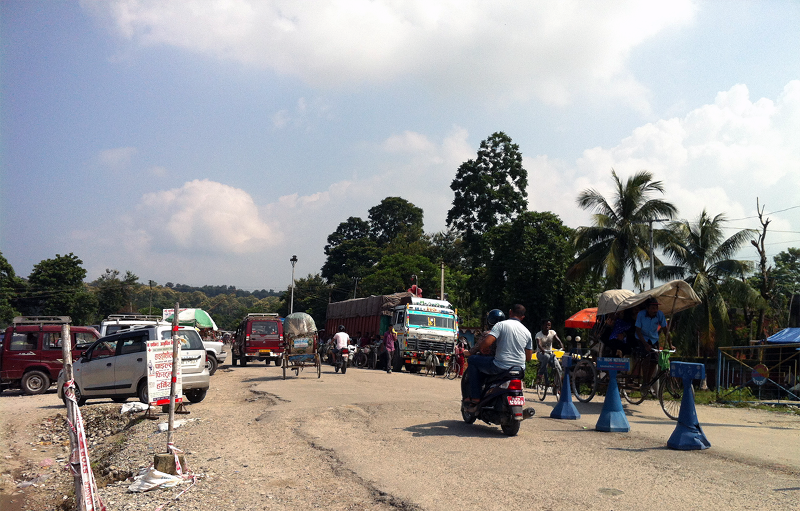
/bimala_feature_blog.webp)


/boy_girl_asia_streets.webp)
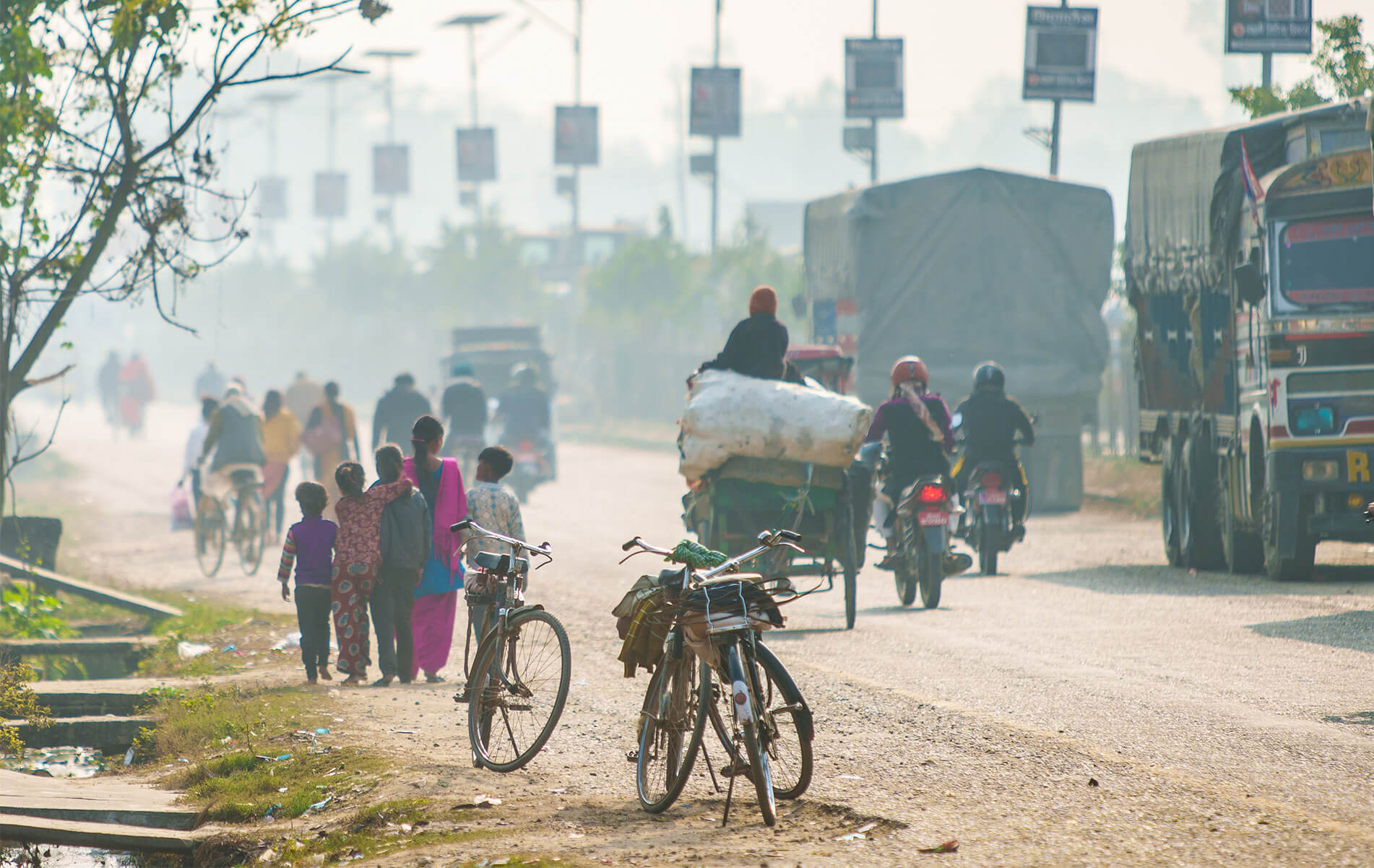
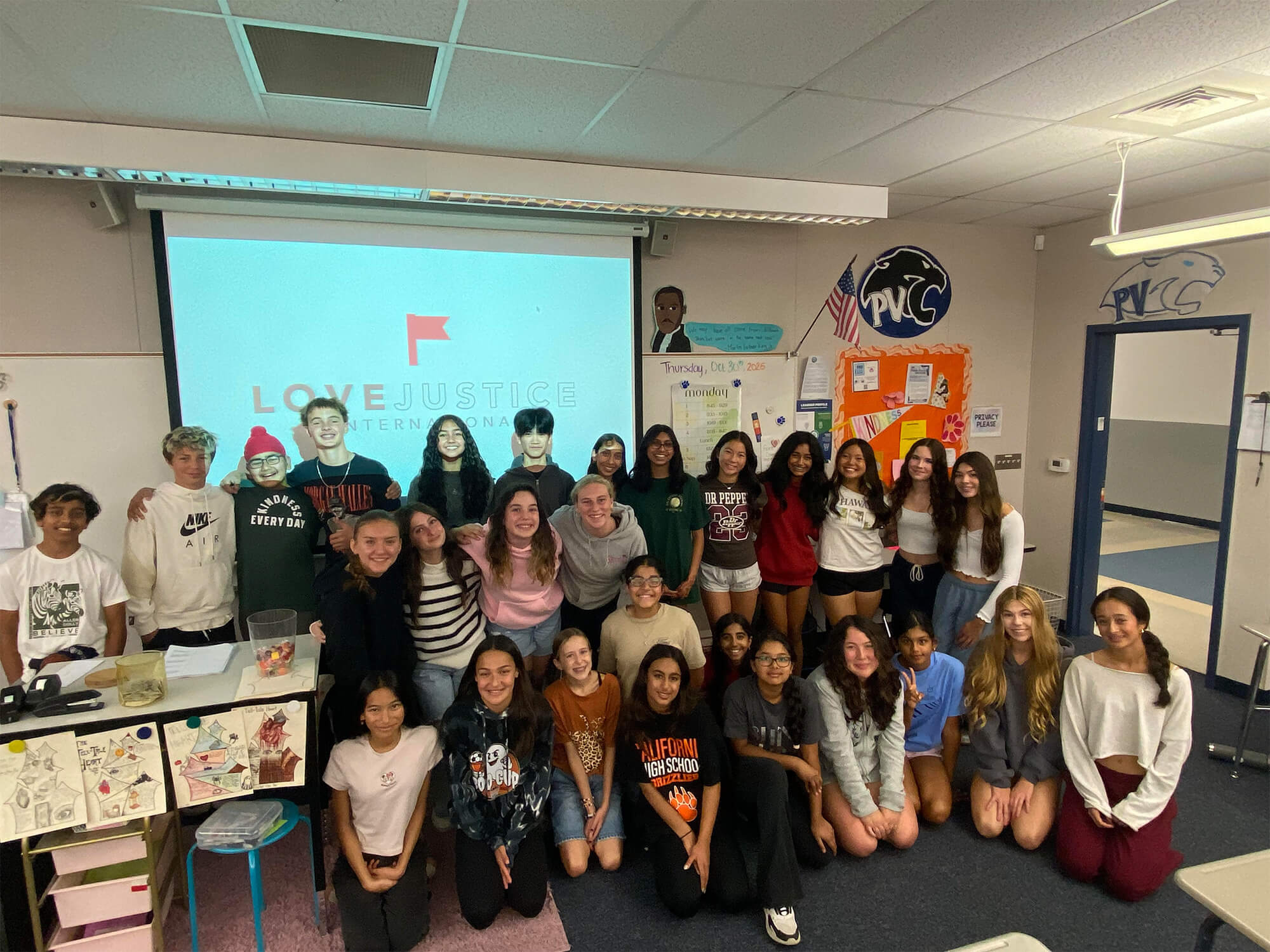
/LJI_Hands_feature.webp)



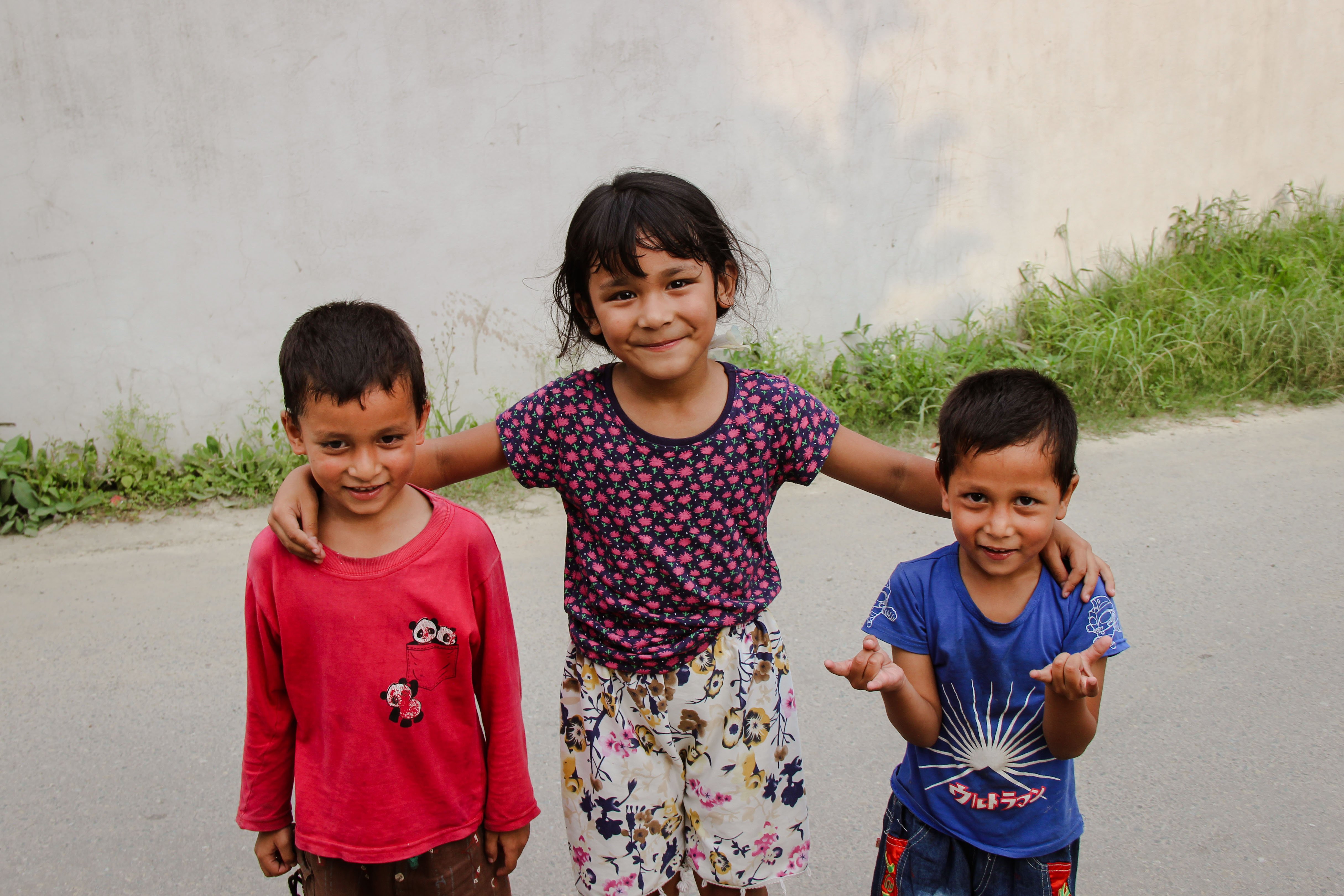
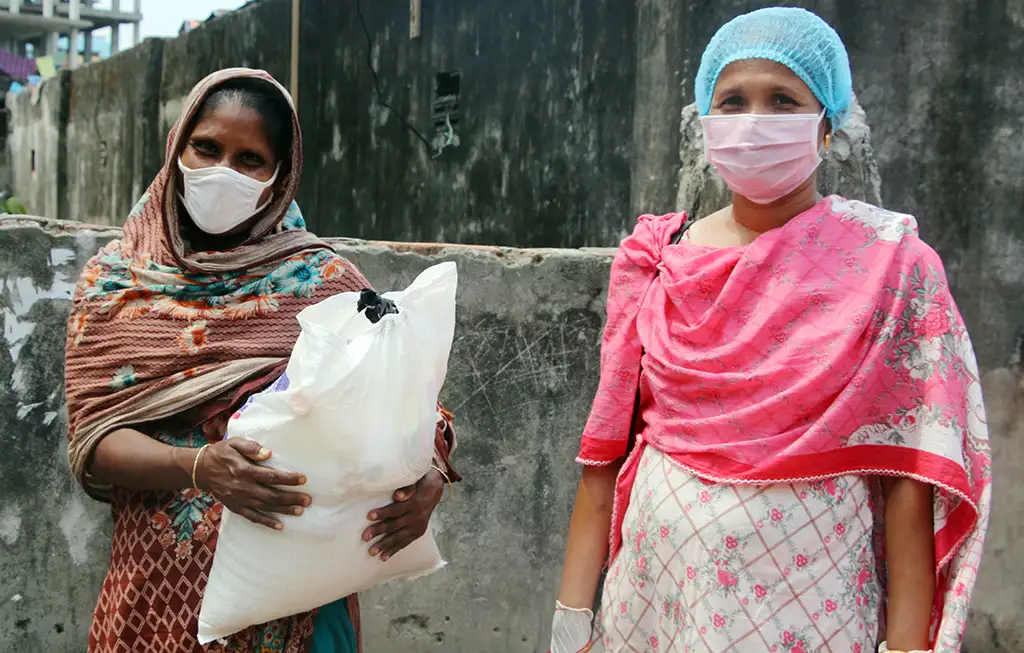
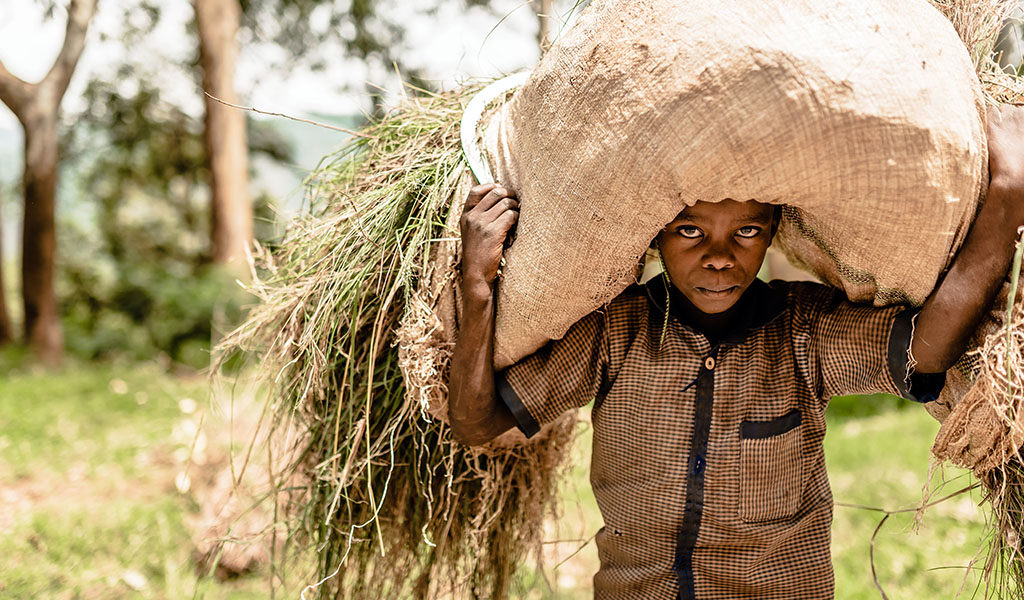






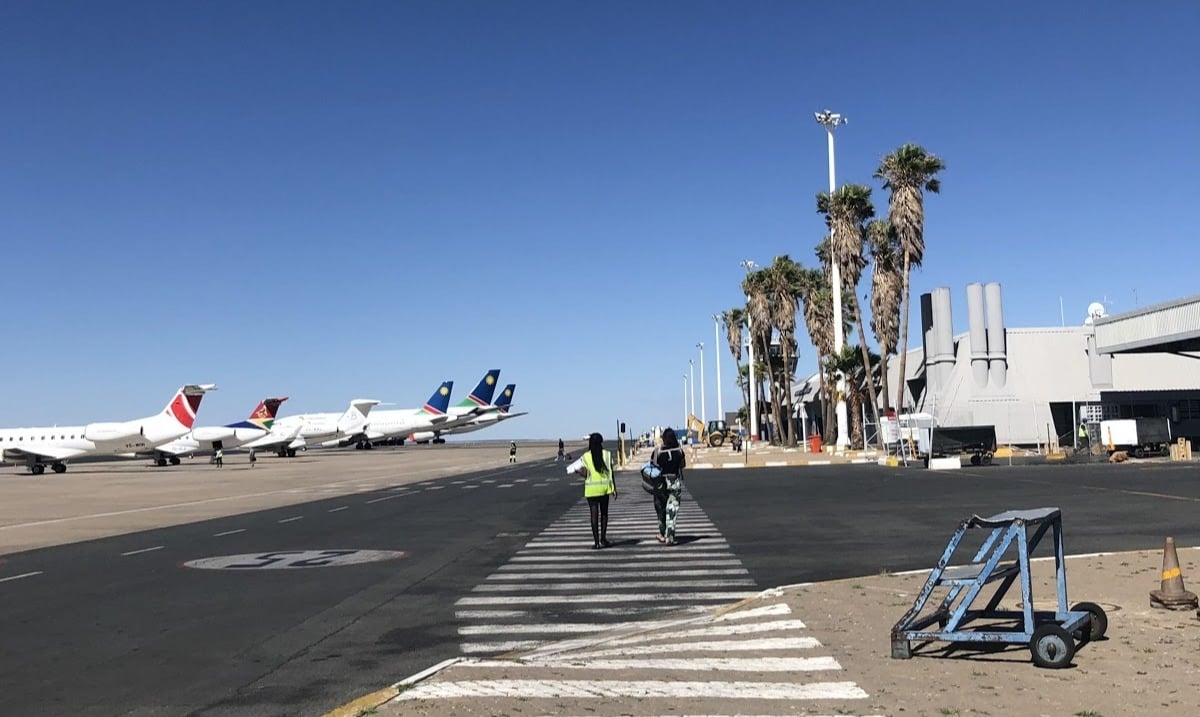





Post a comment